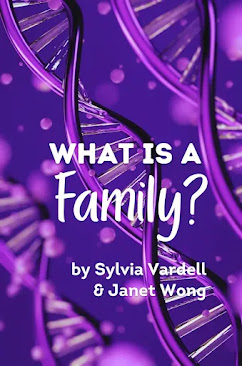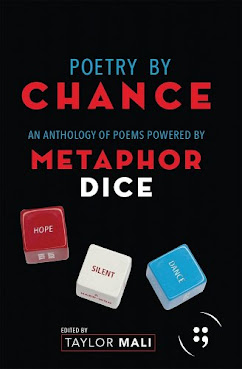Of course we've all been engrossed in the Olympics this week, cheering for Michael Phelps (hometown boy), Gabby Douglas, and all the rest. Looking at track, at gymnastics, at swimming, it occurs to me -- you can be a breast stroke specialist and so-so in the free; outstanding on the vault and a little shaky on the beam. Like "sport," writing involves a HUGE compendium of skill sets that need to come together in a rather miraculous way to make even a passable final product.
Like athletes, writers have coaches (editors) and fans; we also need to put in our time (thousands of hours) and sweat. Unlike athletes, we have more than one chance on the big stage to get it right. Hallelujah. This is great news! Yet trying to convince my students that editing is not only important but a gift remains one of my biggest teaching hurdles.
This week I've worn my article-writer hat; my scriptwriter hat; my picture book writer hat. I just signed up for a romance writing class this fall, so we'll see whether I have a romance writer hat in my closet. However, my teacher hat is rather new and stiff still. I find that one of the greatest challenges in college comp is teaching students global skills and grammar skills; research skills and sentence-level editing. Some students have had many of these skills since they were very young; others don't know where to put periods or apostrophes. However, some who struggle with grammar are still among my strongest writers on a global level. And how do you differentiate instruction for students you see for a whopping two-and-a-half hours per week? Whew!
I have spent the last week contemplating last year's syllabus -- what worked and what didn't? What do I want to keep, tweak, revamp, delete? One exercise that was fairly effective last year involved introductions and conclusions. Many introductory comp students have had the five-paragraph essay format effectively drilled into their heads. They think they are required to write an introduction that concludes with a three-point thesis; that the introductory sentence of each of the next three paragraphs should repeat one third of the thesis statement; and that the concluding paragraph should begin with a restatement of the thesis statement, going on to summarize all that has come before.
Many students are shocked when I suggest that it is not good practice to say the same thing three times; in fact, many are shocked by the mere notion that they can write more than or fewer than five pargraphs in one essay. We spend much of the semester working toward the notion that the five-paragraph format is a template that can be molded to a variety of shapes, forms, and purposes.
Our textbooks concentrate on suggestions for making introductions and conclusions more interesting: start with dialogue; start with a story; start with an interesting fact. In the final paragraph, end with a story; bring your reader back to the beginning; offer a tip or a suggestion; look toward the future.
 Many students nonetheless are resistant to these ideas and continue to write summary-type paragraphs that add zero interest to their papers. So we tried this writing workout:
Many students nonetheless are resistant to these ideas and continue to write summary-type paragraphs that add zero interest to their papers. So we tried this writing workout:Writing Workout
Rewrite your introduction once, and then do it again. Use two different techniques (anecdote, interesting fact, etc.). Which do you like best? Have a peer read all three of your introductions. Which does he/she like best? Rewrite your introductory paragraph, using the best of all three iterations. Repeat the process for your concluding paragraph. Voila -- revision in action!
What I'm reading this week:
The Grammar Plan Book: A Guide to Smart Teaching by Constance Weaver
Bunheads by Sophie Flack (outstanding -- and no relation to the CW show!)
Last but certainly not least -- don't forget to enter our latest Teaching Author Book Giveaway!
--Jeanne Marie











1 comment:
I love the idea of writing 3, then combining, & I think I can get students to see the value. I am now a literacy coach at my school, but when I was in the classroom, we examined many types of essays. Those middle schoolers knew all kinds of good writing skills & then had to move on to high school to learn that 5 paragraph essay that you described. They do it for the grade, then learn to be better later, at least most do. Thanks for the good words!
Post a Comment